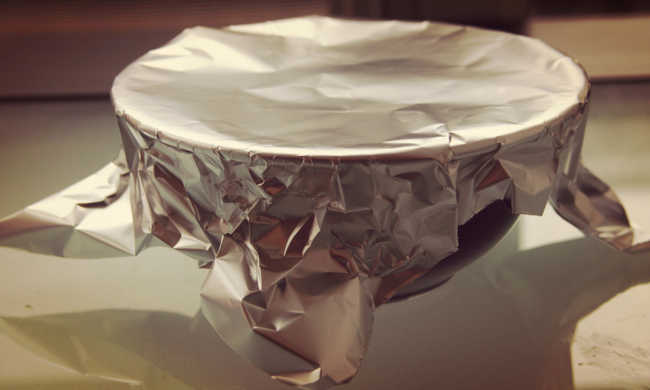Is there a right way to poop?
Using a squat stool helps prevent the risk of constipation, hemorrhoids, colon complications, urinary infections or pelvis problems

Once again we are doing everything wrong. One of the most natural things we do every day (if all goes well!) can compromise our health. Like? That's right, studies indicate that the most common way of pooping in the West is incorrect and can cause various physical damage, such as constipation, urinary infections, hemorrhoids and others. Based on this evidence, the company Squatty Potty pioneered the manufacture and sale of the so-called squatting stool, a utensil (like the one in the photo) that helps keep your legs elevated when evacuating.
The US company drew on studies that show how the traditional way we use the toilet directly interferes with the ultimate functions of our digestive system by complicating the flow of the rectum, choking it and preventing our stool from following its natural course.
This is because we have the so-called puborectal muscle. Its function is to be a valve that helps maintain our ability to control the elimination of feces. Sitting (or standing) causes this muscle to lock in the rectum, maintaining control over our fecal activities.
It happens that at least once a day it is necessary to relieve our intestines, eliminating what the human body has not used. With the puborectal muscle preventing this, we are somehow acting against our nature and causing various problems to our health, including: constipation, hemorrhoids, colon complications, urinary infections or pelvis problems.
Solution
For those who were scared and were already thinking about calling the doctor, don't worry. Some Eastern people knew this long before us, but one of the first companies to capitalize on the problem was Squatty Potty. She created a support so that we can do our basic needs squatting - the squatting stool, which has already won national versions and can also be made at home, since it is a simple object and would be a "do it yourself" easy to perform.
The stand elevates the legs, simulating the squatting position. This posture adjusts the user to the correct way to poop - the "how to poop" question, after all, is not as far-fetched as it might have seemed when you started reading this text. The squatting stool helps the person to sit on the toilet with their legs elevated and thus relax the puborectal muscle, facilitating the passage of feces through the rectum.
Fiber, probiotics and exercise all help with digestive regulation, but having this accessory in the bathroom really promises to transform the "throne-sitting" habit.
- What are high fiber foods










